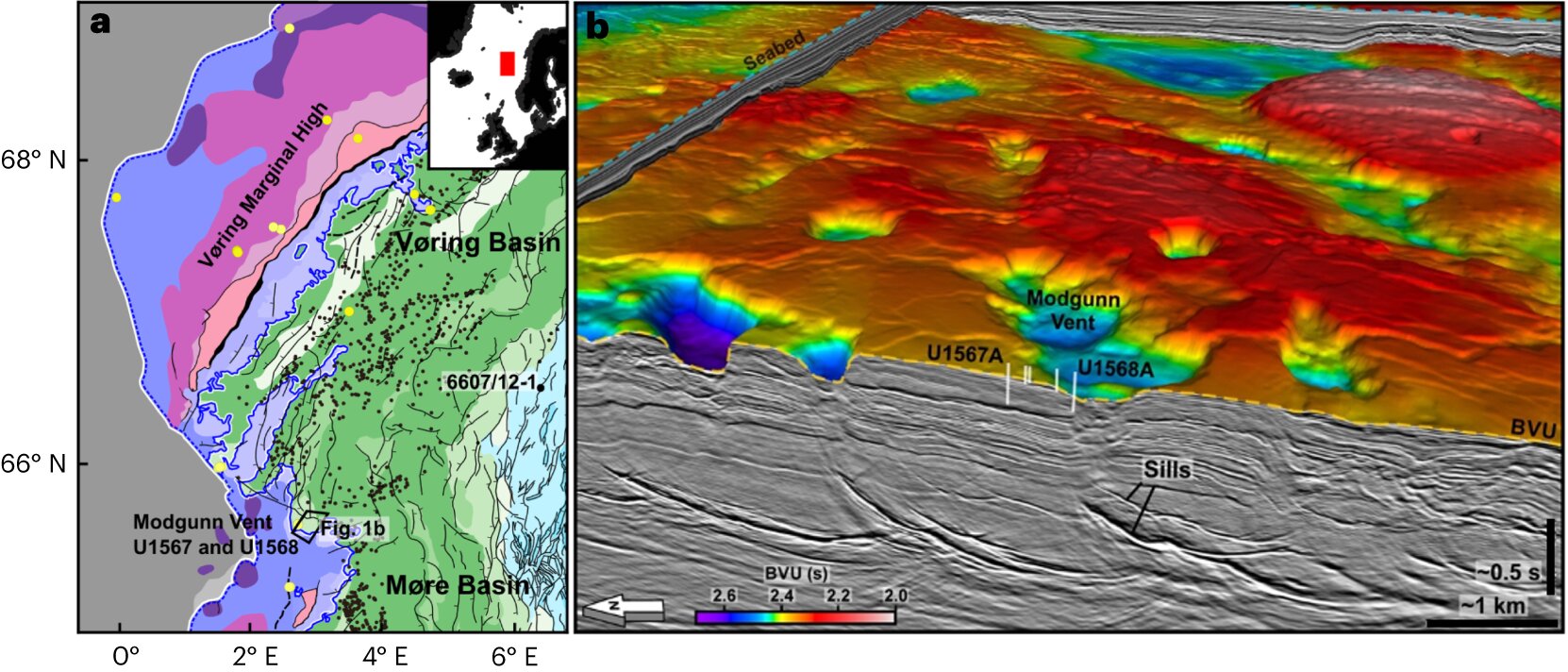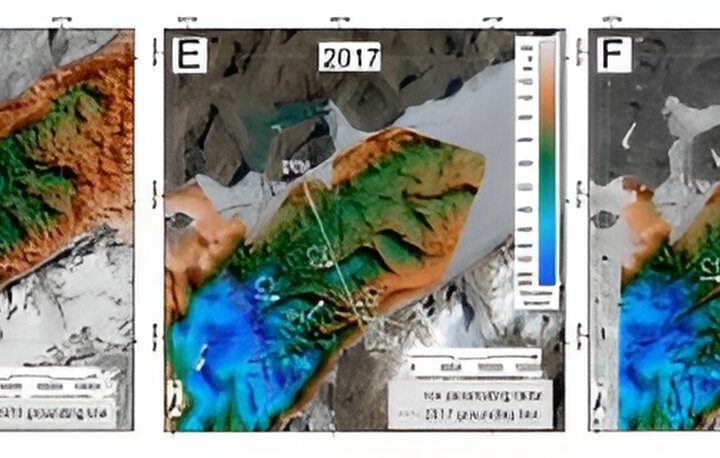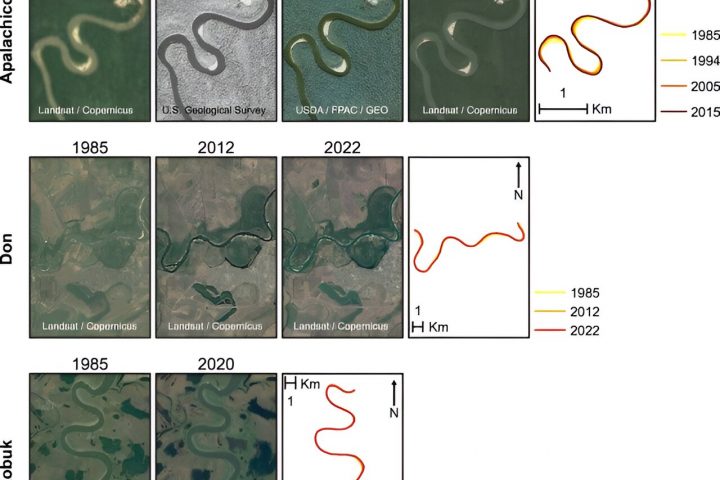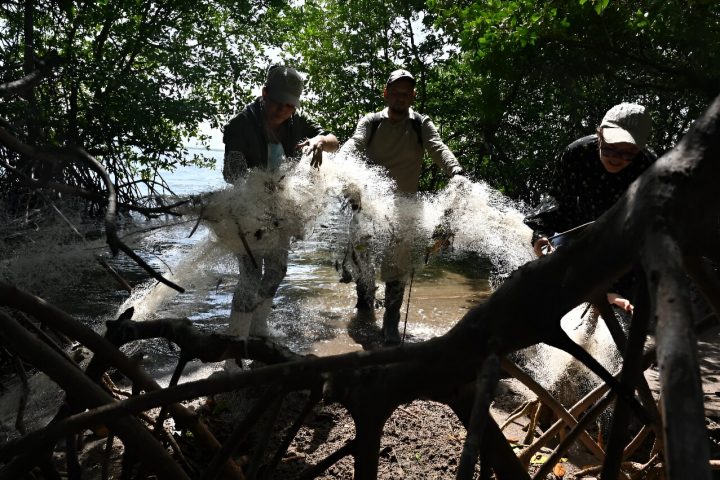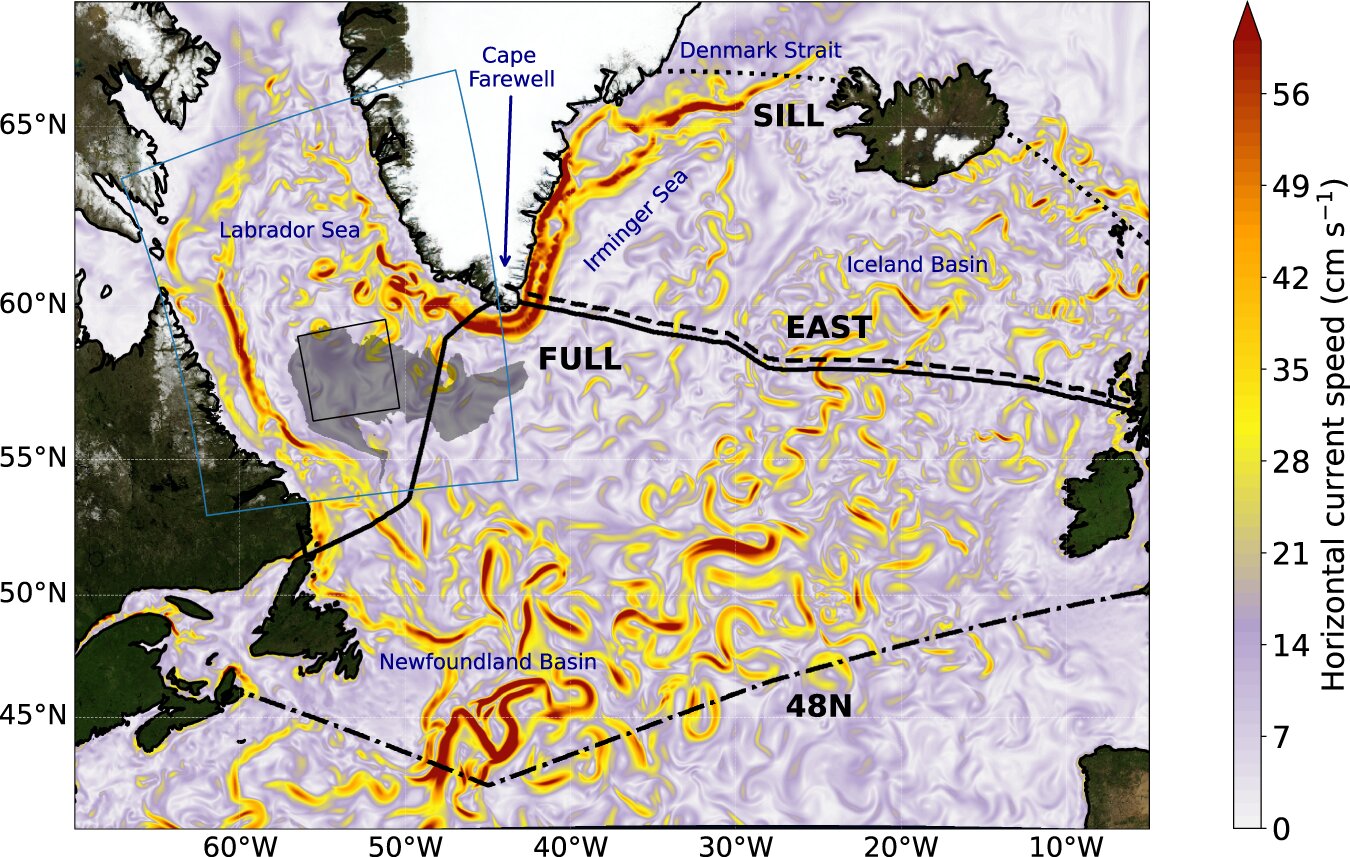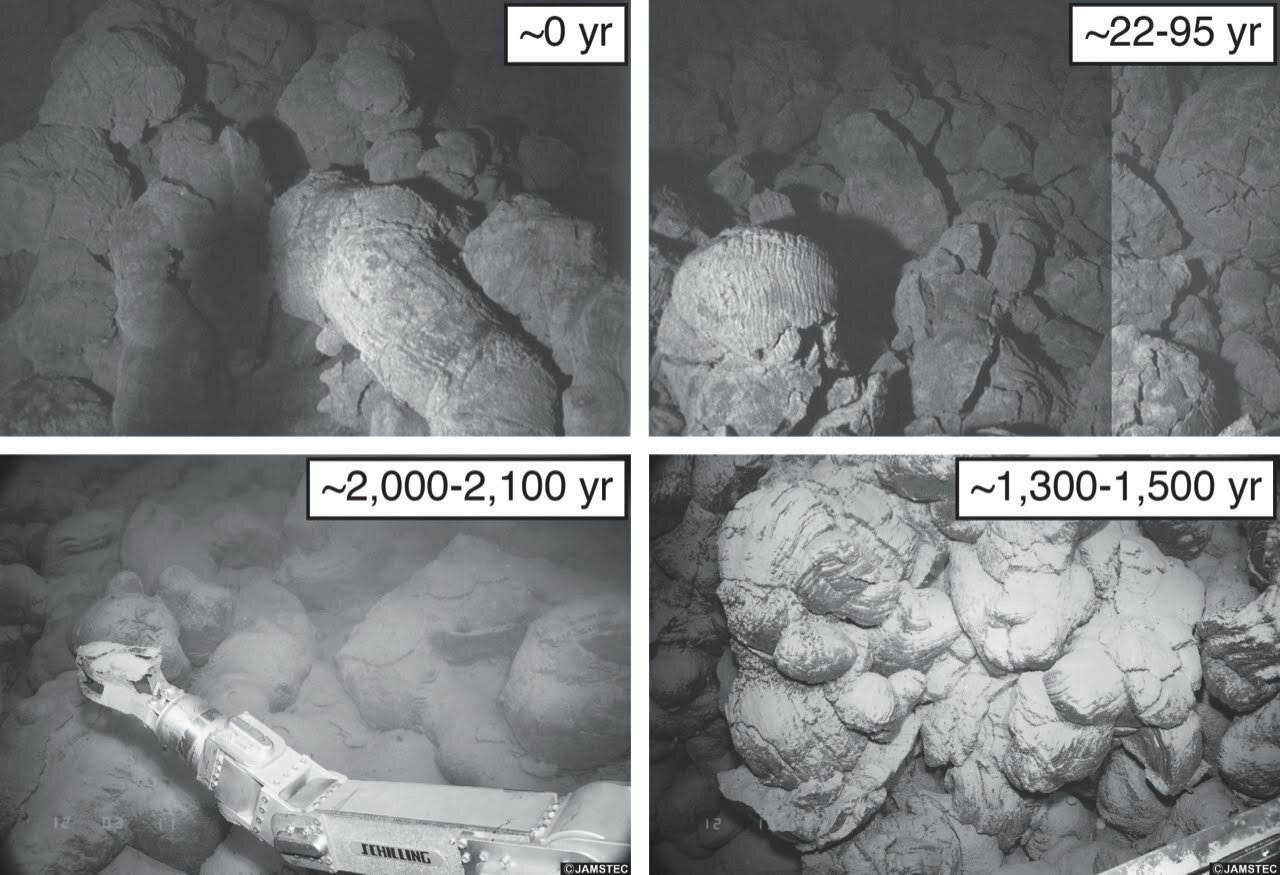About 55 million years ago, something incredible happened. The Atlantic Ocean was born, separating Europe and America. This monumental event caused the Earth’s crust to rupture, unleashing massive amounts of magma. This volcanic activity created large igneous provinces (LIPs) in various parts of the world.
One such LIP formed between Greenland and Europe, now lying several kilometers beneath the ocean’s surface. An international drilling campaign, led by Christian Berndt from the GEOMAR Helmholtz Center for Ocean Research in Kiel, Germany, and Sverre Planke from the University of Oslo, Norway, has collected extensive samples from this LIP, which have now been analyzed.
In their groundbreaking study, published today in the prestigious journal Nature Geoscience, the researchers reveal that hydrothermal vents were active at incredibly shallow depths, and some even above sea level. This means that much larger quantities of greenhouse gases could have entered the atmosphere than previously believed.
“During the Paleocene-Eocene boundary, the Earth experienced some of the most powerful volcanic eruptions in its history, spanning over a million years,” explains Christian Berndt. These eruptions, according to current knowledge, caused a significant global warming of at least 5°C and triggered a mass extinction event known as the Paleocene-Eocene Thermal Maximum (PETM). Interestingly, geologists have yet to explain why most modern volcanic eruptions actually cause cooling by releasing aerosols into the stratosphere.
Further studies of the Karoo large igneous province in South Africa have revealed an abundance of hydrothermal vents associated with magmatic intrusions into the sedimentary basin. This discovery, among others, led to the hypothesis that substantial amounts of greenhouse gases, such as carbon dioxide and methane, could have entered the atmosphere through hydrothermal venting.
“When our Norwegian colleagues Henrik Svensen and Sverre Planke published their results in 2004, we were eager to test the hypothesis by drilling the ancient vent systems around the North Atlantic,” recalls Christian Berndt. However, it wasn’t that simple. “Our proposal was well-received by the Integrated Ocean Drilling Program (IODP), but it required riser drilling, a technology that wasn’t available to us at the time.”
As the research progressed, scientists discovered hydrothermal vent systems that could be reached through riserless drilling. This led to the resubmission of the drilling proposal, and finally, in autumn 2021—17 years after the initial proposal—the expedition could commence.
A team of around 30 scientists from 12 nations embarked on the IODP (now the International Ocean Discovery Program) research cruise to the Vøring Plateau off the Norwegian coast aboard the scientific drilling ship “JOIDES Resolution.” Five of the 20 boreholes were drilled directly into one of the thousands of hydrothermal vents. The cores obtained from these boreholes serve as a diary of the Earth’s history, revealing compelling results.
The authors demonstrate that the vent was active just before the Paleocene-Eocene Thermal Maximum, and its crater was rapidly filled as global warming began. Surprisingly, their data also indicate that the vent was active at an incredibly shallow water depth, possibly less than 100 meters. This has significant implications for its climate impact.
Berndt explains, “Today, most of the methane that enters the water column from active deep-sea hydrothermal vents quickly converts into carbon dioxide, a less potent greenhouse gas. Since the vent we studied is located in the middle of the rift valley, where the water depth should be the greatest, we assume that other vents were also in shallow water or even above sea level. This would have allowed much larger amounts of greenhouse gases to enter the atmosphere.”
Regarding today’s climate warming, the cores provide interesting insights. On one hand, they do not support the theory that the global warming during that time was caused by the dissolution of gas hydrates—a concern that has been widely discussed in recent years. On the other hand, they reveal that it took thousands of years for the climate to cool down again. This suggests that the Earth’s system has the ability to self-regulate, but not within the timeframes relevant to today’s climate crisis.
,,, rnrn
